Businesses seeking progress, growth, and evolution want only the brightest, most promising, and established winners to take the lead.
Thus, they put people in charge who have extensive education and experience and seem qualified to lead. But just because those in the C-suite have a wealth of intelligence, a drive to be on top, and seem to be quite capable doesn’t mean success will necessarily follow.
Additionally, companies with high levels of disorganization, hostility, and negative work environments among their top-level executives will see higher turnover among their high potential employees.
What can be holding back exceedingly smart, well-qualified executives who seem to have it all from excellence? Well, as with all professionals, senior executives, even ones with a long history of success, need to reflect on their own weaknesses from time to time. They then need to take action to make changes and avoid pitfalls in the future. This is essential. There’s no other way to get better.
Are you suffering from a bad habit that’s holding you and your company back? Take a minute to think about whether you are committing one of these three common executive weaknesses listed below.
- Refusing to be a team player. Though executives are indeed expected (and paid accordingly) to know it all and have the answers to everything, it’s a big mistake to turn a deaf ear to all the great ideas brewing among employees. Those in the C-suite need to use their skills and aptitude for decision-making and acting quickly with certainty, but all the while keep an open mind to any suggestions coming their way. Because even though it’s their job, executives can’t do it all. Make peace with that. Listen to recommendations, build relationships, and ask questions, too. Collaborate with the company’s active contributors regularly. Make good ideas into great ideas through teamwork. And recognize your support system justly.
- Refusing to coach your employees. Ponder ways to lead and coach a team that needs a bit of polish. After all, every employee will have flaws, so giving one individual the heave-ho won’t necessarily result in an upgrade when you get a new hire. In many instances, you’ll be trading a real person with weaknesses for another real person with weaknesses. So put yourself to the test. Learn to work with human imperfections while accentuating individual strengths. And as far as firing those difficult employees who aren’t perfectly aligned to your vision? You might just need those voices of dissent to keep you in check.
- Refusing to adapt. The old saying goes, “If it isn’t broken, don’t fix it.” But this mentality can get executives trapped in a dangerous rut. While your tried-and-true tactics may have served you well in the past, be open and flexible to change. The world is constantly evolving, and refusing to morph with the dynamics of your industry will leave you and your company trailing behind more enterprising competitors.
When hiring for the C-suite, it is important not only to assess the candidate on their strengths but also their weaknesses. Vetting potential senior executives must include in-depth discussions with previous superiors, peers, and subordinates in order to avoid an exec with these pitfalls from sitting across from you at the boardroom table.
